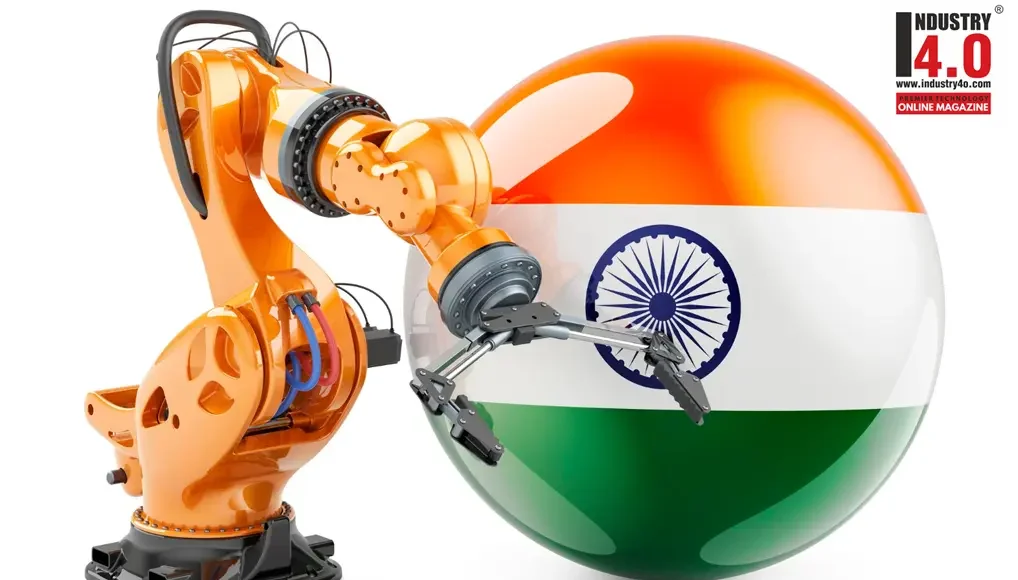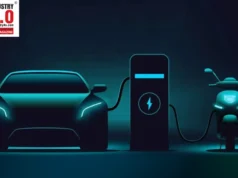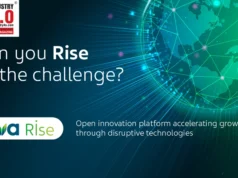Smart, Not Blind : A Human-Centric Vision for India’s Industrial Future
Reflections and learnings from Two Decades of Industrial Transformation
After implementing automation solutions across three continents and founding technology ventures over 20+ years, I’ve learned a hard truth: universal automation solutions don’t exist. What works in labor-scarce Germany fails spectacularly in labor-abundant India.Today, as Indian industry rushes toward Industry 4.0, we risk adopting Western solutions to Western problems—ignoring our unique strengths and social realities.
The Western Automation Trap
Western automation emerged from the demographic crisis—aging populations and shrinking workforces. Germany’s Industry 4.0 addresses a projected 6 million worker shortage by 2030.Japan’s Society 5.0 tackles a society where adult diapers outsell baby diapers.
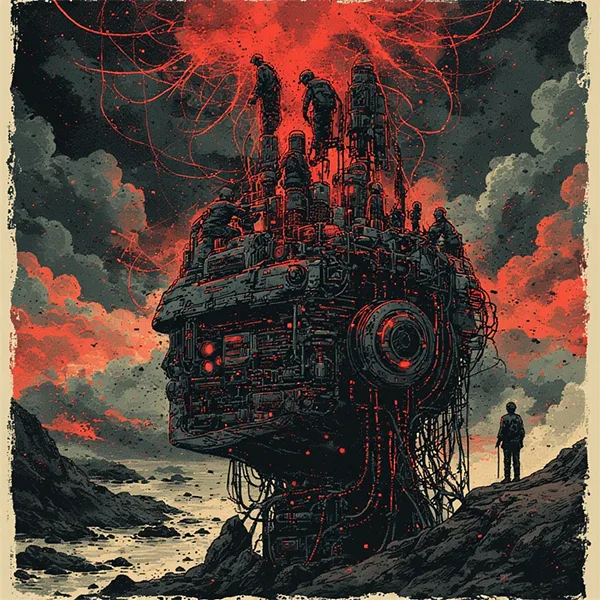
India’s reality is starkly different:
● 1.4+ billion population with 65% under age 35
● 12 million youth entering job markets annually
● 600+ million working-age population exceeding all of Europe.
When you have abundant labor, adopting labor-replacement technologies creates social catastrophe, not competitive advantage.
The Technology Tsunami: Converging Disruptions

Current automation differs fundamentally from past industrial revolutions. AI, robotics, IoT, and machine learning now converge to eliminate entire job categories within months, not years:
● Generative AI replaces designers, analysts, content creators
● Computer vision automates quality control, inspection roles
● Robotic systems handle assembly, packaging, material handling
● Predictive algorithms eliminate maintenance, logistics positions
The exponential improvement curve means decisions made today have vastly different implications than five years ago. What required PhD expertise now runs on smartphones. Million-dollar systems cost hundreds of thousands today, tens of thousands tomorrow.
The Unemployment Time Bomb: Quantifying the Crisis
Based on my analysis of Indian industrial sectors, automation adoption could displace:
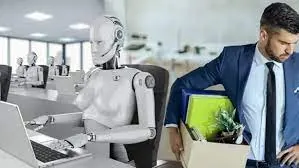
● Immediate Risk (1-3 years):
○ Data entry, basic customer service: 8-10 million jobs
○ Simple assembly, quality control: 5-7 million jobs
○ Transportation coordination: 2-3 million jobs
● Medium-term Risk (3-7 years):
○ Manufacturing roles, middle management: 15-20 million jobs
○ Basic design, engineering functions: 5-8 million jobs
○ Accounting, routine healthcare: 3-5 million jobs
● Conservative displacement estimate:25-35 million direct jobs across five major sectors within a decade. Including dependents and ripple effects: 75-200 million people affected .
● For context, this exceeds the entire population of most countries and dwarfs any historical industrial transition.
Lessons from Global Automation Experiments
My implementation experience across emerging markets provides sobering precedents:

● Brazil (1990s):
○ Manufacturing automation eliminated 2.5 million jobs, triggering:Persistent unemployment above 12%
○ Urban migration overwhelming infrastructure
○ Political instability lasting decades
● South Africa:
○ Automotive automation reduced employment 40% in five years, contributing to29% unemployment and widespread social unrest.
● India’s scale magnifies these risks exponentially.
The Inequality Amplifier: Mathematics of Wealth Concentration
Automation requires massive capital only large corporations can afford:

● Automated factory: ₹500 crores investment, 100 employees
● Traditional factory: ₹50 crores investment, 2,000 employees
This creates a “barbell economy”—wealthy technology owners at one end, massive unemployment at the other, shrinking middle class between. In India’s caste-conscious society,where occupation determines social status, this threatens fundamental social structures.
 Geographic concentration compounds the problem:
Geographic concentration compounds the problem:
● Automation benefits flow to tech hubs (Mumbai, Bangalore, Chennai
● Employment losses hit smaller industrial towns nationwide
● Rural areas absorb displaced workers, straining agricultural systems
The Democratic Governance Challenge
Mass unemployment plus extreme inequality overwhelms democratic institutions designed for gradual change. When private automation decisions determine employment for millions,democratic systems appear powerless to protect citizen interests.
Potential outcomes:
● Anti-technology populism reversing economic progress
● Authoritarian responses sacrificing democratic freedoms
● Interstate tensions as automation benefits concentrate regionally
My Strategic Framework: Human-Centric Automation
Twenty years of implementation experience suggests a three-tier approach:
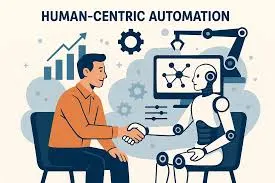
● Tier 1: Safety-Critical Automation (Immediate)
○ Nuclear facilities, chemical processing, hazardous manufacturing
○ Justification: Human safety supersedes employment considerations
○ Examples: Toxic material handling, precision pharmaceutical production
● Tier 2: Collaborative Enhancement (3-7 years)
○ Human-machine partnerships preserving employment while improving productivity
○ Applications: Automotive: Robots handle welding, humans manage assembly
○ Textiles: Automated cutting, human finishing and quality control
○ Healthcare: AI-assisted diagnosis, human patient interaction
○ Outcome: 40-60% productivity gains while maintaining jobs
● Tier 3: Strategic Replacement (7+ years)
○ Full automation only after alternative employment creation and proven transition programs
Prerequisites: Comprehensive retraining, social safety nets, economic alternatives
Sectoral Intelligence: Where to Apply Automation
High-Value Targets:
● Precision manufacturing (aerospace, pharmaceuticals)
● Dangerous operations (mining, chemical processing)
● Quality-critical processes (medical devices, defense equipment)
Human-Centric Enhancement:
● Automotive assembly, textile production, food processing
● Customer service, healthcare delivery, education
● Creative industries, complex problem-solving roles
Protection Zones:
● Labor-intensive services requiring cultural understanding
● Small-scale manufacturing supporting local economies
● Industries where human creativity drives value
The Innovation Paradox: Why Over-Automation Reduces Competitiveness
Excessive automation paradoxically undermines innovation capacity. Human creativity requires active engagement with real problems—precisely what automation eliminates.

India’s traditional strengths at risk:
● Jugaad innovation requiring hands-on problem-solving
● Frugal engineering based on resource constraints understanding
● Adaptive manufacturing responding to local market needs
Over-automated organizations become:
● Dependent on foreign technology vendors
● Less adaptable to changing market requirements
● Disconnected from customer needs and local conditions
Policy Recommendations: Building India’s Automation Framework
Immediate Actions:
Employment Impact Assessment: Mandate studies for automation projects above ₹10crore
Graduated Tax Structure: Higher taxes for job-displacing automation, incentives for job-enhancing technology
Strategic Skills Investment: Focus on human-machine collaboration rather than replacement
Medium-term Initiatives:
Innovation Ecosystem Development: Fund research into “appropriate automation” forIndian conditions
Social Safety Net Expansion: Unemployment insurance, retraining programs,entrepreneurship support
Regional Development Balance: Ensure automation benefits don’t concentrate on existing tech hubs
Long-term Vision:
Technological Sovereignty: Develop indigenous automation capabilities serving Indian social and economic objectives
Export Leadership: Position India as developer of inclusive automation technologies for emerging markets
The Competitive Advantage of Measured Adoption
Contrary to conventional wisdom, India’s human-centric approach could create sustainable competitive advantages:
Flexibility Benefits:
● Human-operated systems adapt faster to changing requirements
● COVID-19 proved automated systems less resilient during disruptions
● Custom manufacturing favors human creativity over rigid automation
Market Differentiation:
● Growing consumer preference for artisanal, personalized products
● Service quality advantages from human interaction
● Innovation capacity from hands-on manufacturing engagement
Cost Realities:
● Full automation requires 300-500% higher capital investmen
● 7-10 year payback periods exceed most Indian manufacturers’ financial capacity
● Maintenance costs and technical dependence create hidden expenses
Three Future Scenarios for India
Scenario 1: Aggressive Automation Adoption
Outcome High productivity, massive unemployment, social unrest, political instability
Risk: Short-term economic gains, enormous long-term social costs
Scenario 2: Technology Resistance
Outcome: Employment preservation, economic stagnation, eventual forced adjustment
Risk: Delayed rather than solved fundamental challenges
Scenario 3: Strategic Human-Centric Integration
Outcome: Balanced productivity growth with social stability
Requirements: Unprecedented policy coordination and social investmen
Benefit: Both economic competitiveness and social cohesion
The Entrepreneurial Opportunity: Leading Inclusive Innovation
My recent ventures focus on “appropriate automation”—technologies achieving 60-80% of full automation benefits at 30-40% of the cost while preserving employment. Early market response suggests significant export potential to other developing economies facing similar challenges.
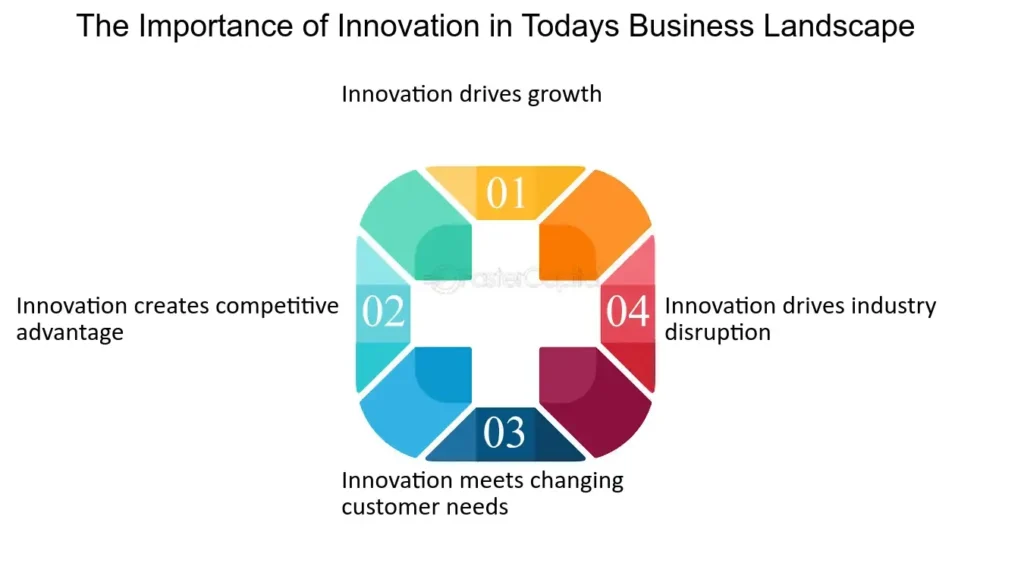
India’s potential leadership areas:
Collaborative robotics for labor-abundant environments
AI-assisted human decision support systems
Flexible manufacturing technologies balancing efficiency with employment
Human-centric industrial design and implementation
Conclusion: Wisdom Over Speed
Industrial leadership isn’t about adopting technologies fastest—it’s about adopting them most intelligently. India has an unprecedented opportunity to demonstrate that technological progress and social development can be mutually reinforcing rather than competing objectives
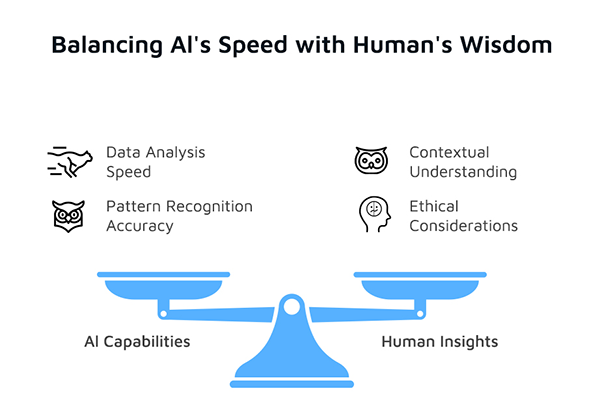
The choice is clear:
● Follow others down a path that may not serve our interests
● Pioneer a uniquely Indian approach balancing technology with humanity
● Lead global development of inclusive industrialization models
● After two decades of implementing industrial transformation across diverse economies, I’m convinced the future belongs not to the most automated nations, but to those that most intelligently integrate human creativity with technological capability.
● India has all necessary ingredients—abundant human resources, growing technological capacity,democratic institutions, and entrepreneurial energy. The question isn’t whether we can afford this measured approach, but whether we can afford not to take it
● The stakes extend beyond our borders. Success demonstrates that inclusive industrialization is possible, providing a template for other developing economies. Failure means repeating others’mistakes and facing the social consequences that excessive automation has created elsewhere.
● The demographic dividend others see as temporary could become permanent competitive advantage if leveraged intelligently. The time to choose our path is now.
About the Author :

Mr. Chetan Kulkarni
Founder and Director
Elansol Technologies Private Limited

Mr. Chetan Kulkarni as the Director of Elansol Technologies is passionate about leading a team of experts who are dedicated to providing cutting-edge solutions.
Mr. Chetan Kulkarni with 19+ years of experience in the field of Electronics, Embedded Systems, IoT & Industry 4.0 brings a wealth of knowledge and expertise to the table.
Mr. Chetan Kulkarni‘s customer-centric approach and experience with international clients have enabled to build pipelines worth millions of dollars.
Mr. Chetan Kulkarni have successfully handled IT-OT integration projects from lead generation to deliveries that have helped his clients to achieve their business objectives.
Mr. Chetan Kulkarni have presented technical papers at various forums.
Mr. Chetan Kulkarni is the winner in Emerson’s Technology Day 2011.
Mr. Chetan Kulkarni have also filed two invention disclosures, with one trade secret awarded.
Mr. Chetan Kulkarni is Bestowed with the following Licenses & Certifications :
https://www.linkedin.com/in/ch
Mr. Chetan Kulkarni can be contacted at :
LinkedIn | E-mail (Official) | E-mail (Personal)
About Elansol Technologies Private Limited
 At Elansol Technologies, we empower industries to embrace the future of smart manufacturing and digital transformation.
At Elansol Technologies, we empower industries to embrace the future of smart manufacturing and digital transformation.
Elansol Technologies is a one-stop solution partner for businesses seeking to implement advanced Industry 4.0 technologies—driving efficiency, productivity, and intelligent decision-making.
Elansol Technologies specialize in:
● Industry 4.0 Consulting & Implementation
● Industrial Automation & IIoT Integration
● AI-Powered Vision Systems
● End-to-End Smart Factory Solutions
Elansol Technologies mission is to bridge the gap between the physical and digital worlds. From upgrading legacy production systems to deploying real-time autonomous solutions using AI, ML, and IIoT, our experts deliver scalable, innovation-led outcomes tailored to your operational goals.
With a client-centric mindset and a passion for solving complex industrial challenges, Elansol Technologies is on a journey to become a global center of excellence in Industry 4.0 transformation.
Elansol Technologies can be contacted at:
LinkedIn | Website | E-mail (Sales) | E-mail (HR)

